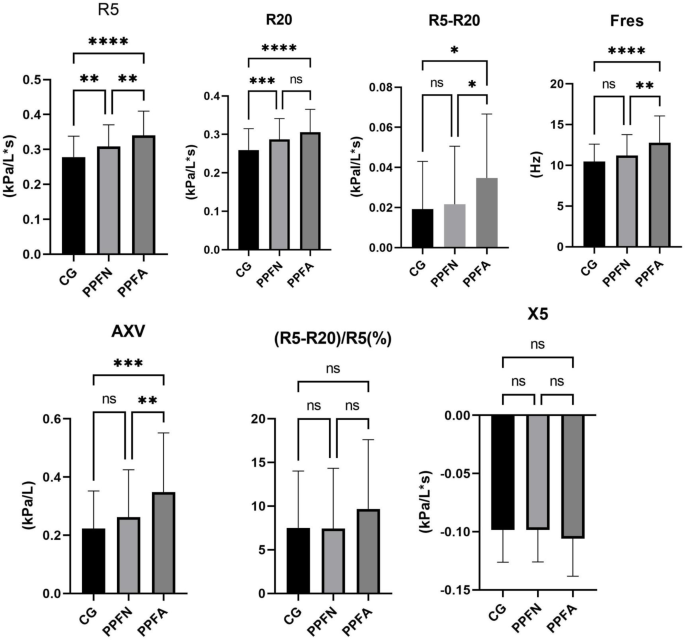
Xu, WJ., Shang, WY., Feng, JM. et al. Respir Res 25, 286 (2024). https://doi.org/10.1186/s12931-024-02911-1
Abstract
Background
The use of machine learning(ML) methods would improve the diagnosis of small airway dysfunction(SAD) in subjects with chronic respiratory symptoms and preserved pulmonary function(PPF). This paper evaluated the performance of several ML algorithms associated with the impulse oscillometry(IOS) analysis to aid in the diagnostic of respiratory changes in SAD. We also find out the best configuration for this task.
Methods
IOS and spirometry were measured in 280 subjects, including a healthy control group (n = 78), a group with normal spirometry (n = 158) and a group with abnormal spirometry (n = 44). Various supervised machine learning (ML) algorithms and feature selection strategies were examined, such as Support Vector Machines (SVM), Random Forests (RF), Adaptive Boosting (ADABOOST), Navie Bayesian (BAYES), and K-Nearest Neighbors (KNN).
Results

The first experiment of this study demonstrated that the best oscillometric parameter (BOP) was R5, with an AUC value of 0.642, when comparing a healthy control group(CG) with patients in the group without lung volume-defined SAD(PPFN). The AUC value of BOP in the control group was 0.769 compared with patients with spirometry defined SAD(PPFA) in the PPF population. In the second experiment, the ML technique was used. In CGvsPPFN, RF and ADABOOST had the best diagnostic results (AUC = 0.914, 0.915), with significantly higher accuracy compared to BOP (p < 0.01). In CGvsPPFA, RF and ADABOOST had the best diagnostic results (AUC = 0.951, 0.971) and significantly higher diagnostic accuracy (p < 0.01). In the third, fourth and fifth experiments, different feature selection techniques allowed us to find the best IOS parameters (R5, (R5-R20)/R5 and Fres). The results demonstrate that the performance of ADABOOST remained essentially unaltered following the application of the feature selector, whereas the diagnostic accuracy of the remaining four classifiers (RF, SVM, BAYES, and KNN) is marginally enhanced.
Conclusions
IOS combined with ML algorithms provide a new method for diagnosing SAD in subjects with chronic respiratory symptoms and PPF. The present study’s findings provide evidence that this combination may help in the early diagnosis of respiratory changes in these patients.
